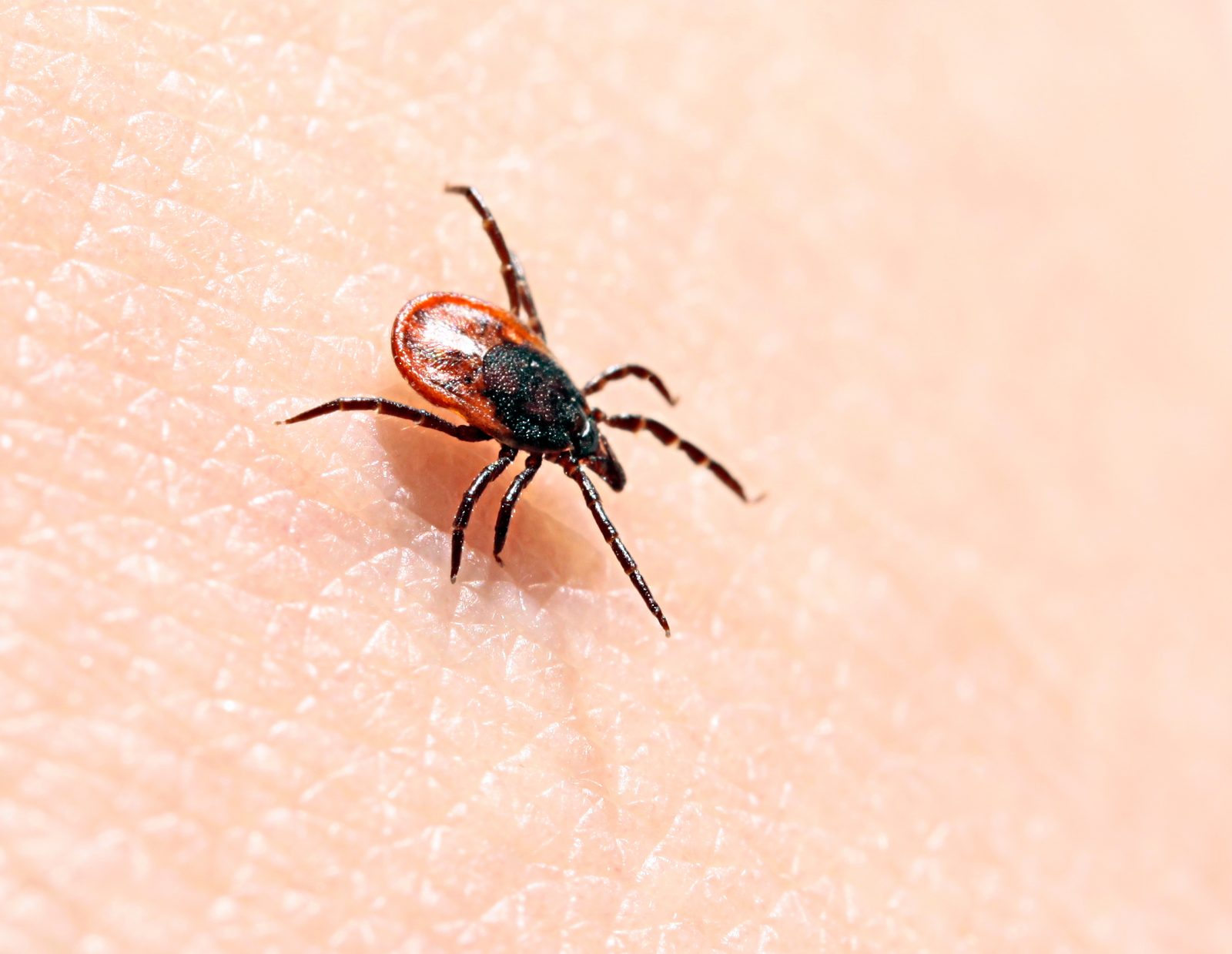CORNWALL, Ontario – Dr. Eric Hoskins, the Ontario Minister of Health is advising Ontarians to be careful an avoid getting bit by ticks to reduce their risk for Lyme disease.
backlegged ticks can transmit Lyme disease to humans through their bite. The Cornwall area and SD&G was identified as a high risk area for Lyme disease in Public Health Ontario’s Lyme Disease Map for 2016.
Symptoms of Lyme disease might not present themselves until one month after infection. Early symptoms include red rash, fatigue, joint pain and fever.
If left untreated, Lyme disease can cause recurring neurological problems, numbness, paralysis and arthritis.
“The best defence against Lyme disease is to avoid being bitten by blacklegged ticks,” said Dr. David Williams, Ontario’s Chief Medical Officer of Health “That’s why Ontarians should remember to be tick smart while enjoying or working outdoors this summer, and take simple measures to reduce their and their family’s exposure to ticks that may be carrying the bacteria which causes Lyme disease.”
Ticks love living in wooded areas, so it is recommended that if you plan on going hiking that you wear closed-tow shoes, use insect repellant containing DEET and wear light coloured clothing so that ticks can more easily be spotted.
Always check for ticks after coming indoors. Ticks can be small, about the size of a poppy seed, so check carefully.
“As a public health physician, I know that Lyme disease is a serious issue,” said Dr. Eric Hoskins. “Whether it’s hiking, camping, golfing, working or any other outside activity it is important that Ontarians take these simple steps to protect themselves from tick bites this summer.”




